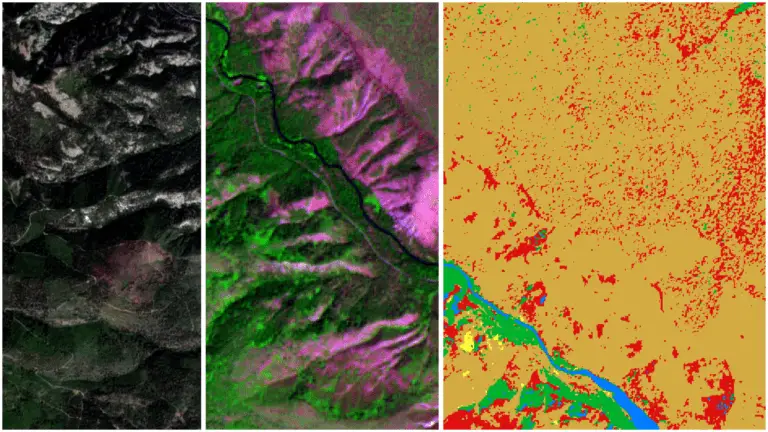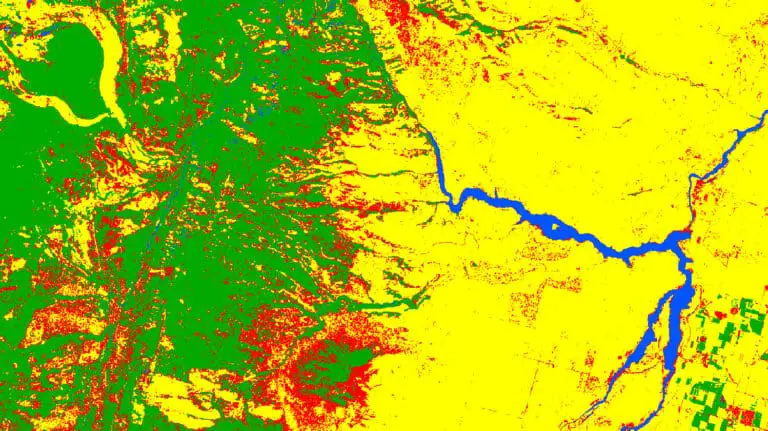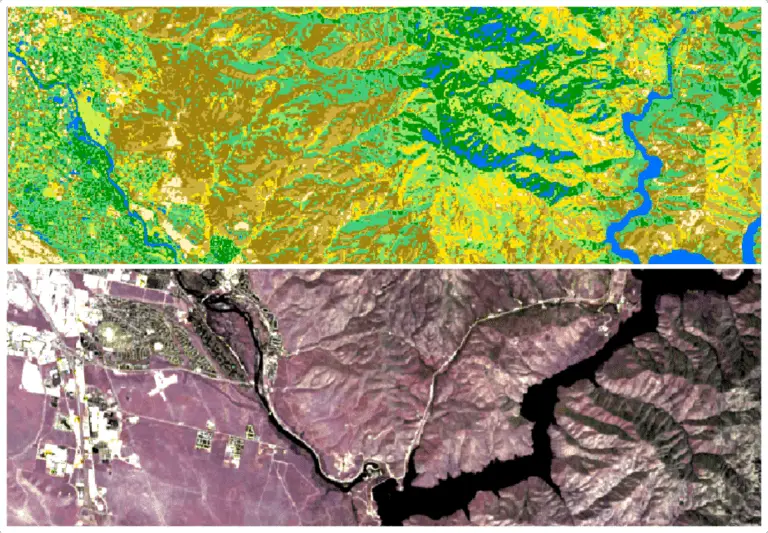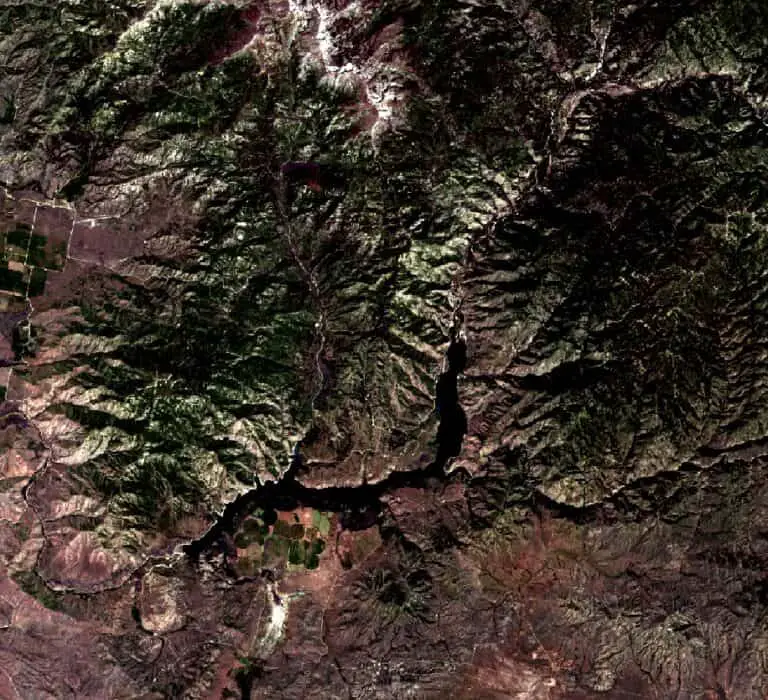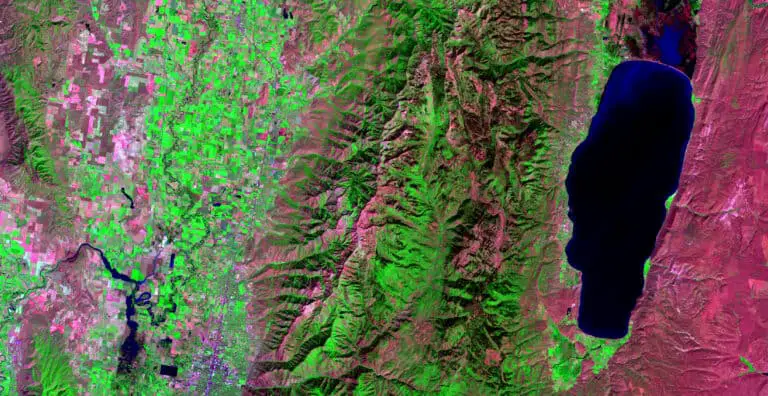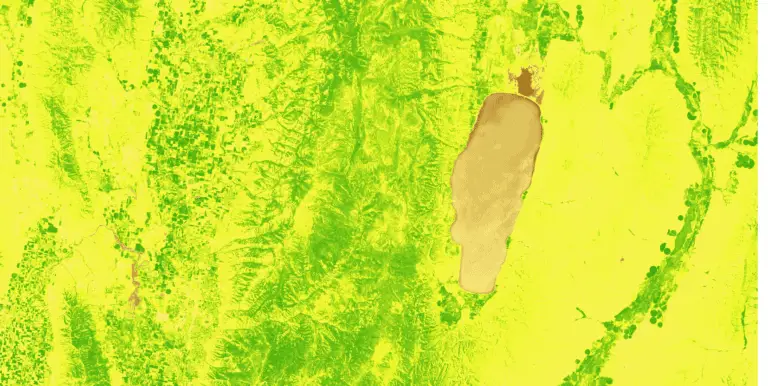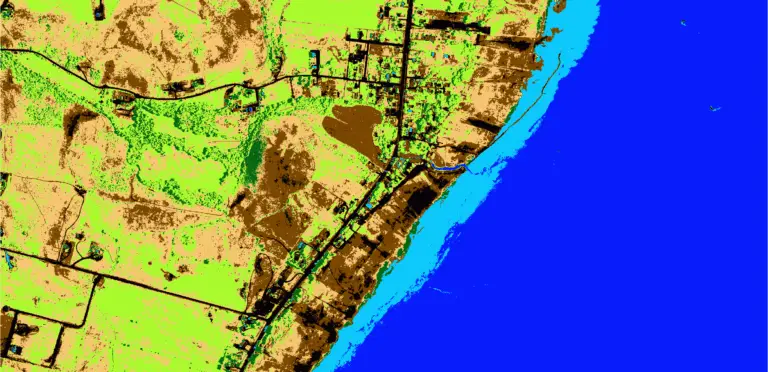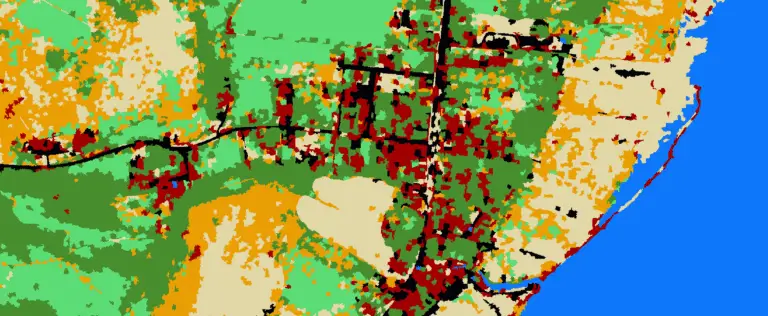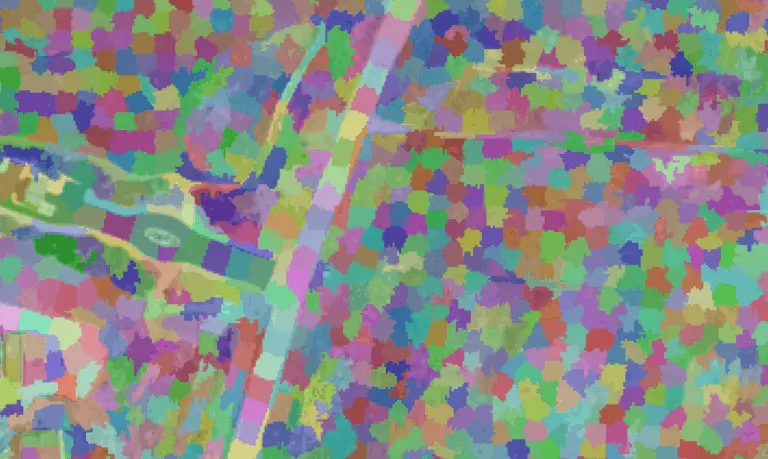Remote Sensing Analysis with QGIS
In geographic information science (GIS), remote sensing is the act of acquiring information about the features of the Earth’s surface from a distance. Remotely sensed data are acquired from many different platforms including, satellites, aircraft, and fixed instruments with many different sensors including, spectral imagery (cameras), lidar, and radar. The most common form of remotely…
